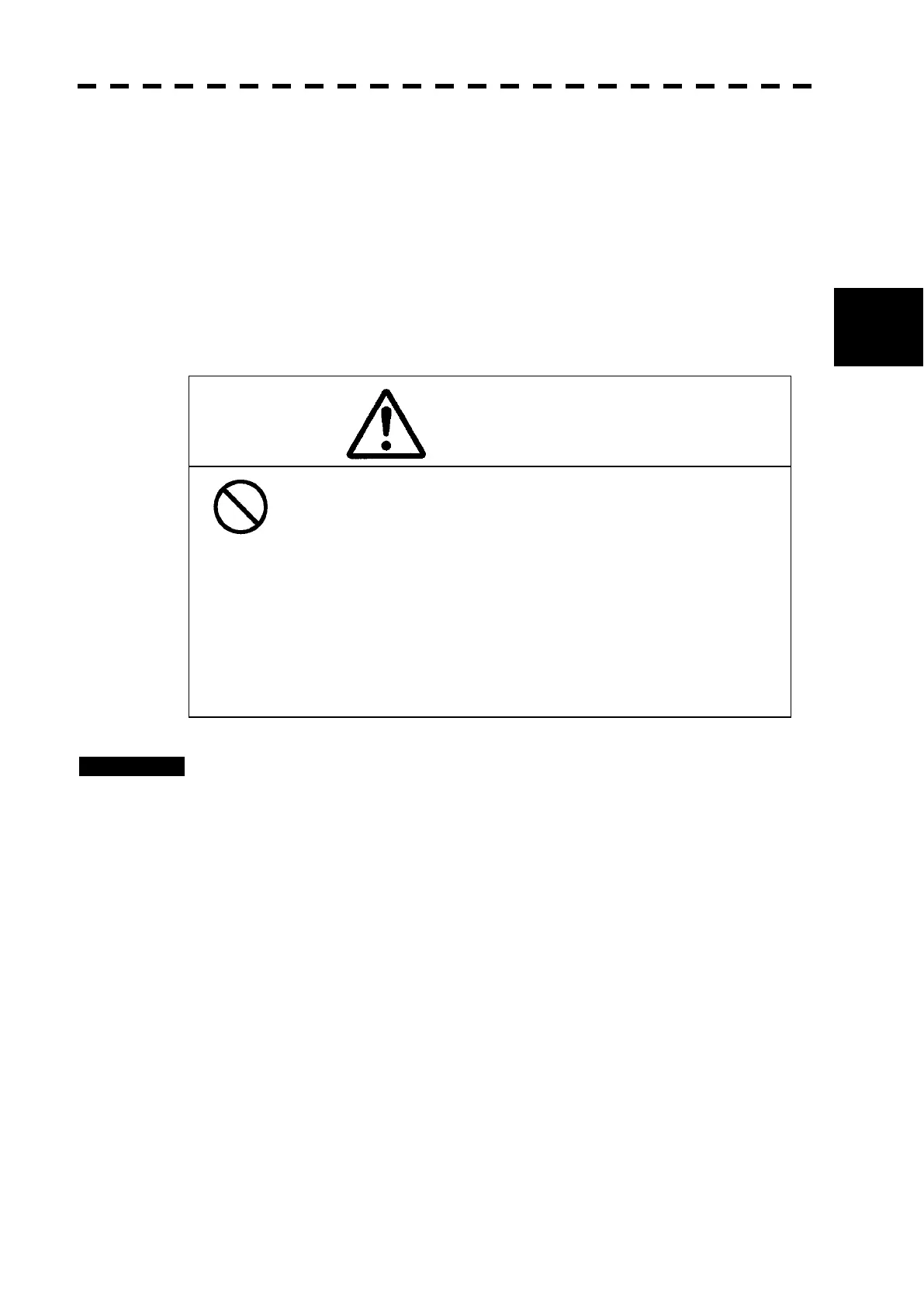3.4 BASIC OPERATIONS
y
yy
3-13
3
Turning [SEA] control clockwise suppresses sea clutter returns.
Turning [SEA] control counterclockwise intensifies sea clutter returns.
The sea clutter suppression function suppresses sea clutter returns by decreasing the receiving
sensitivity on a short range.
Turning the [SEA] control clockwise heightens the effect of sea clutter suppression.
However, be careful that excessive suppression causes low signal-strength targets such as
buoys and boats to disappear from the radar display.
3.4.7 Suppress Rain/Snow Clutter [RAIN]
Procedures 1 Adjust the rain/snow clutter returns of the display by turning the [RAIN]
dial until targets can be easily observed.
Turning [RAIN] control clockwise suppresses rain/snow clutter returns.
Turning [RAIN] control counterclockwise intensifies rain/snow clutter returns.
When the [RAIN] dial control is turned clockwise, the rain/snow clutter suppression function
suppresses rain/snow clutter returns and gets targets hidden by rain/snow clutter returns to
appear on the radar display. However, be careful that excessive suppression may cause small
targets to be overlooked. Since the rain/snow clutter suppression function also has the effect
of suppressing sea clutter, the suppression efficiency improves when the [RAIN] dial is used
with the [SEA] dial. In general, turn the [RAIN] dial fully to the left.
When using the [RAIN] function, never set the
suppression level too high canceling out all image
noises from the rain or snow at the close range.
Detection of not only echoes from the rain or snow but
also targets such as other ships or dangerous objects
will become inhibited.
When using the [RAIN] function, make sure to choose
the most appropriate image noise suppression level.
CAUTION
